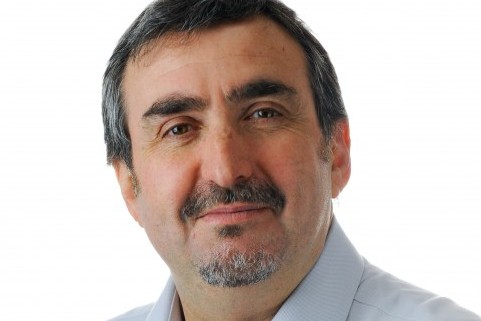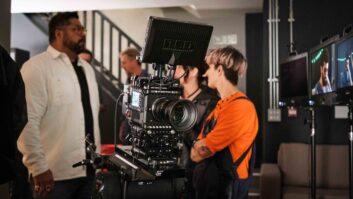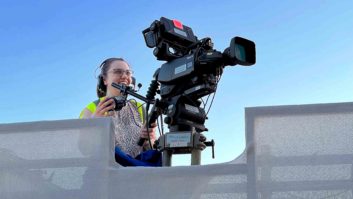
Gearhouse Broadcast is on the verge of implementing new technology to create more efficiency across the entire workflow, says Kevin Fitzgerald, head of systems and product sales
The broadcast industry is one that’s constantly evolving. Trends and technology requirements are always changing depending on broadcasters’ and producers’ needs. Sitting where we do in the industry Gearhouse sees how these trends develop, through the requests we receive in our systems installation, sales, projects and rental departments.
Clearly 4K is an important topic but we’re seeing everyone in the production process taking smaller steps towards full implementation of this technology. Camera technology appears to be moving toward the benefits that high dynamic range can offer production, before full 4K adoption happens in acquisition. A number of manufacturers are also highlighting the licensing feature on their new cameras to meet these needs.
One of the steps broadcasters will make before the full adoption of the new resolution is the inclusion of 4K glass into its workflow. Earlier this year we saw Fujinon launch a 4K box lens primarily aimed at sports production, and there were rumours that we’ll see a UHD barrel lens from Fujinon here at IBC2015. Canon, I am positive, will be responding with their own 4K lenses soon. These lenses are a positive signpost on the road to 4K adoption but as is true with any new technology, the last mile is always the longest.
We’re looking forward to the integration of IP around the industry in the coming months and again I think we’re going to see some interesting steps towards its full integration. However content producers have huge installation projects to undertake before we see entire workflows operating via IP and I believe that the hybrid route will evolve over time to full integration of IP infrastructure. It’s already very widely used for a number of functions within workflows but we’re going to need to see an evolution in vision mixers and cameras and processors before entire infrastructures lean entirely on IP.
The end result of IP adoption is going to be hugely beneficial to the industry as the ability for truly remote production will be accessible. There’s already the functionality to produce a sports or entertainment programme from the other side of the world but we need to see a more proactive approach from telcos before this can be done with lossless transmission.
Gearhouse recently demonstrated the functionality of remote production at our London HQ. Once the connectivity infrastructure is in place and as reliable as it needs to be, there are huge financial and operational benefits to be had by content producers and broadcasters.
In the area of OB builds we’ve also seen that bigger doesn’t always mean better. The entire industry is constantly expected to produce more with less and that doesn’t exclude outside broadcast operations. We are seeing less demand for supertrucks and more requests for small to medium OB facilities.
That was the idea behind the design of OBLite. We wanted to pack a smaller unit with the power to do the job of a larger facility while saving rigging time and CAPEX from our customers.
This is an exciting juncture for the industry – Gearhouse is on the verge of implementing brand new technology that’s going to create more efficiency across the entire workflow. This year at IBC we’ve got our latest offerings in SI, equipment sales and rental to show how Gearhouse is leading the industry with this, the latest technology.
10.B39







